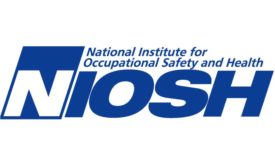Jack Lu PhD, CPE
Jack Lu, PhD, CPE, is a Research Ergonomist in the NIOSH Division of Field Studies and Engineering and Manager of the NIOSH Musculoskeletal Health Cross-Sector Program.
ARTICLES
A NIOSH Science Blog post
Musculoskeletal health research to benefit temporary retail workers
December 8, 2017
Become a Leader in Safety Culture
Build your knowledge with ISHN, covering key safety, health and industrial hygiene news, products, and trends.
JOIN TODAYCopyright ©2025. All Rights Reserved BNP Media.
Design, CMS, Hosting & Web Development :: ePublishing

